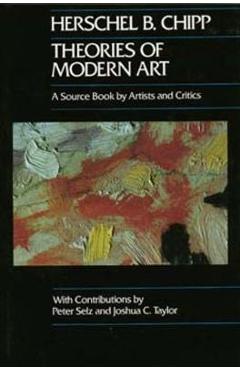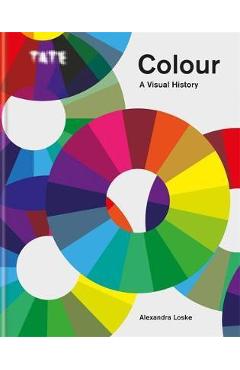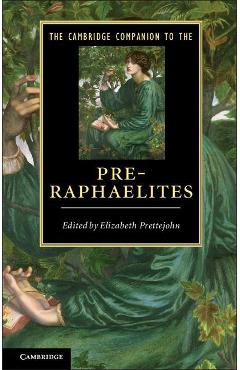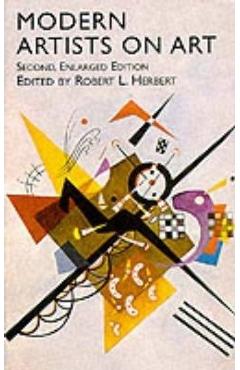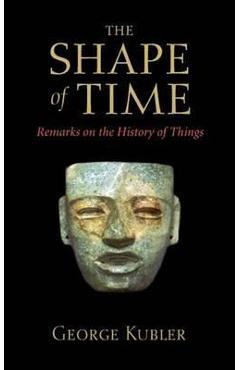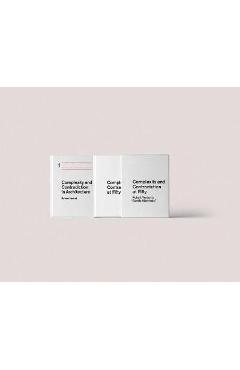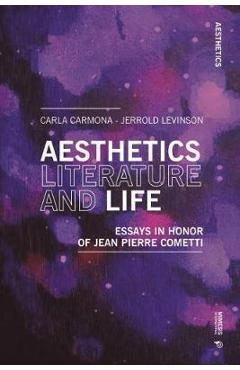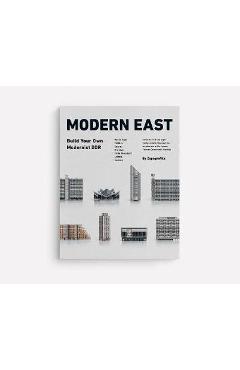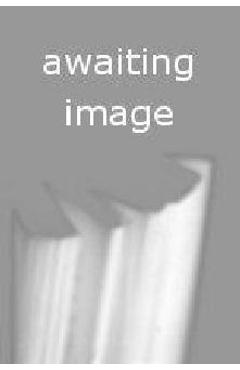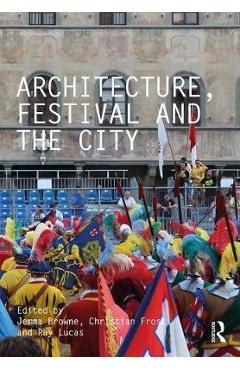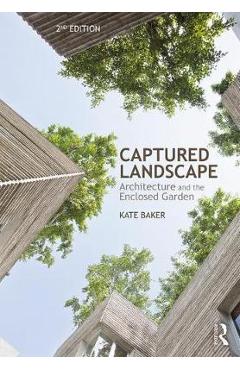Retracing the Expanded Field
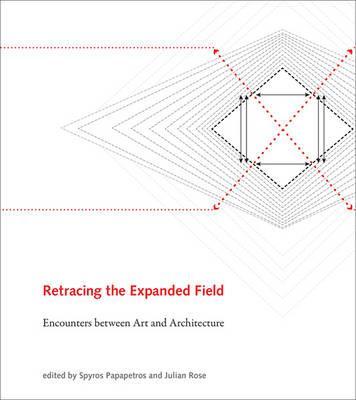
Retracing the Expanded Field
Expansion, convergence, adjacency, projection, rapport, and intersection are a few of the terms used to redraw the boundaries between art and architecture during the last thirty-five years. If modernists invented the model of an ostensible "synthesis of the arts," their postmodern progeny promoted the semblance of pluralist fusion. In 1979, reacting against contemporary art's transformation of modernist medium-specificity into postmodernist medium multiplicity, the art historian Rosalind Krauss published an essay, "Sculpture in the Expanded Field," that laid out in a precise diagram the structural parameters of sculpture, architecture, and landscape art. Krauss tried to clarify what these art practices were, what they were not, and what they could become if logically combined. The essay soon assumed a canonical status and affected subsequent developments in all three fields. Retracing the Expanded Field revisits Krauss's hugely influential text and maps the ensuing interactions between art and architecture.
Responding to Krauss and revisiting the milieu from which her text emerged, artists, architects, and art historians of different generations offer their perspectives on the legacy of "Sculpture in the Expanded Field." Krauss herself takes part in a roundtable discussion (moderated by Hal Foster). A selection of historical documents, including Krauss's essay, presented as it appeared in October, accompany the main text. Neither eulogy nor hagiography, Retracing the Expanded Field documents the groundbreaking nature of Krauss's authoritative text and reveals the complex interchanges between art and architecture that increasingly shape both fields.
Contributors
Stan Allen, George Baker, Yve-Alain Bois, Benjamin Buchloh, Beatriz Colomina, Penelope Curtis, Sam Durant, Edward Eigen, Kurt W. Forster, Hal Foster, Kenneth Frampton, Branden W. Joseph, Rosalind Krauss, Miwon Kwon, Sylvia Lavin, Sandro Marpillero, Josiah McElheny, Eve Meltzer, Michael Meredith, Mary Miss, Sarah Oppenheimer, Matthew Ritchie, Julia Robinson, Joe Scanlan, Emily Eliza Scott, Irene Small, Philip Ursprung, Antho
PRP: 231.20 Lei
Acesta este Pretul Recomandat de Producator. Pretul de vanzare al produsului este afisat mai jos.
208.08Lei
208.08Lei
231.20 LeiLivrare in 2-4 saptamani
Descrierea produsului
Expansion, convergence, adjacency, projection, rapport, and intersection are a few of the terms used to redraw the boundaries between art and architecture during the last thirty-five years. If modernists invented the model of an ostensible "synthesis of the arts," their postmodern progeny promoted the semblance of pluralist fusion. In 1979, reacting against contemporary art's transformation of modernist medium-specificity into postmodernist medium multiplicity, the art historian Rosalind Krauss published an essay, "Sculpture in the Expanded Field," that laid out in a precise diagram the structural parameters of sculpture, architecture, and landscape art. Krauss tried to clarify what these art practices were, what they were not, and what they could become if logically combined. The essay soon assumed a canonical status and affected subsequent developments in all three fields. Retracing the Expanded Field revisits Krauss's hugely influential text and maps the ensuing interactions between art and architecture.
Responding to Krauss and revisiting the milieu from which her text emerged, artists, architects, and art historians of different generations offer their perspectives on the legacy of "Sculpture in the Expanded Field." Krauss herself takes part in a roundtable discussion (moderated by Hal Foster). A selection of historical documents, including Krauss's essay, presented as it appeared in October, accompany the main text. Neither eulogy nor hagiography, Retracing the Expanded Field documents the groundbreaking nature of Krauss's authoritative text and reveals the complex interchanges between art and architecture that increasingly shape both fields.
Contributors
Stan Allen, George Baker, Yve-Alain Bois, Benjamin Buchloh, Beatriz Colomina, Penelope Curtis, Sam Durant, Edward Eigen, Kurt W. Forster, Hal Foster, Kenneth Frampton, Branden W. Joseph, Rosalind Krauss, Miwon Kwon, Sylvia Lavin, Sandro Marpillero, Josiah McElheny, Eve Meltzer, Michael Meredith, Mary Miss, Sarah Oppenheimer, Matthew Ritchie, Julia Robinson, Joe Scanlan, Emily Eliza Scott, Irene Small, Philip Ursprung, Antho
Detaliile produsului










